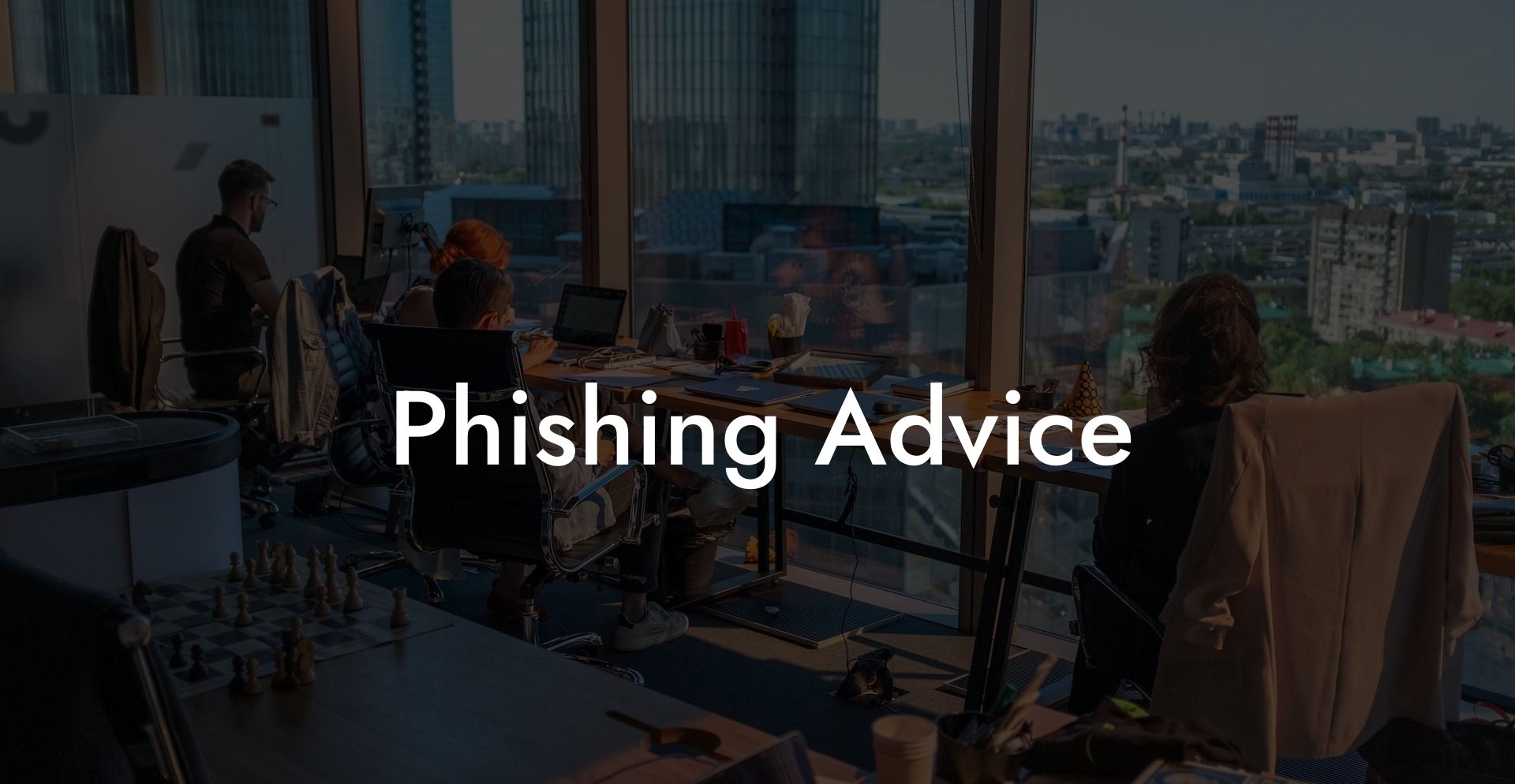In today's digitally connected world, scammers are constantly devising new ways to trick unsuspecting victims into giving up their personal information. One such devious method is voice phishing, also known as vishing. Learning about voice phishing risks, how these scams work, and how to protect yourself is crucial to maintain your personal and financial safety. In this comprehensive guide, we will discuss the various types of voice phishing scams, how to identify them, and the best advice for keeping your information secure.
Types of Voice Phishing Scams
Voice phishing scams come in various forms, but they all share the same goal of coercing victims into revealing personal and financial information. Some common types of voice phishing include:
1. Caller ID Spoofing
Protect Your Data Today With a Secure Password Manager. Our Top Password Managers:
The scammer uses Voice over Internet Protocol (VoIP) technology to manipulate the caller ID, making it appear as if the call is coming from a reputable organization.
2. Tech Support Scams
The scammer poses as a tech support agent from a well-known company and claims that the victim's computer has been hacked or has a virus. They then offer assistance in "fixing" the issue, all the while attempting to gain remote access to the victim's computer.
3. Government Impersonation Scams
Scammers pretend to be government agents or tax officials, demanding personal information or money to resolve supposed legal issues or tax debts.
4. Bank Scams
Scammers pose as bank employees, claiming that the victim's account has been compromised and needs immediate attention.
Identifying Voice Phishing Scams
While scammers are getting more sophisticated in their tactics, there are certain warning signs that can help you identify a voice phishing scam:
1. The caller is overly aggressive or threatening, coercing you to act immediately.
2. The caller requests personal, financial, or password information over the phone.
3. Unsolicited calls offering tech support, claiming that your computer is infected with a virus.
4. Inconsistent or unprofessional language, often with grammatical and spelling errors.
5. The caller's phone number is not associated with the organization they claim to represent.
Phishing Advice Example
Imagine receiving a phone call from your bank's customer service number, with the caller informing you that your credit card has been compromised. The caller sounds genuine and knowledgeable, instilling a sense of urgency to resolve the issue. They then ask for your credit card number, security code, and billing address to verify your identity and "secure" your account.
In this scenario, the scammer is using caller ID spoofing to appear legitimate, and their story is believable, leading to potential victim compliance. However, a bank would never ask for personal information over the phone. Recognizing this discrepancy is crucial to avoiding being scammed.
Phishing Advice: Staying Safe and Secure
Here are some key strategies to prevent falling victim to voice phishing scams:
1. Be skeptical of unsolicited or unexpected calls, especially if the caller is requesting personal information.
2. Always verify the legitimacy of the caller. If in doubt, hang up and call the official phone number of the company or organization they claim to represent.
3. Avoid sharing personal or financial information over the phone, especially with unknown callers.
4. Educate yourself and others about the risks and warning signs of voice phishing scams.
5. Implement strong and unique passwords, and consider using multi-factor authentication for added security.
Voice phishing scams can be incredibly convincing, and even the most vigilant individuals may be at risk. By understanding the types, warning signs, and prevention strategies, you can better protect yourself from becoming a victim. Share this post with friends and family to raise awareness about voice phishing scams, and be sure to explore other guides on Voice Phishing for more invaluable tips on safeguarding against malicious cyber threats.
Protect Your Data Today With a Secure Password Manager. Our Top Password Managers:















